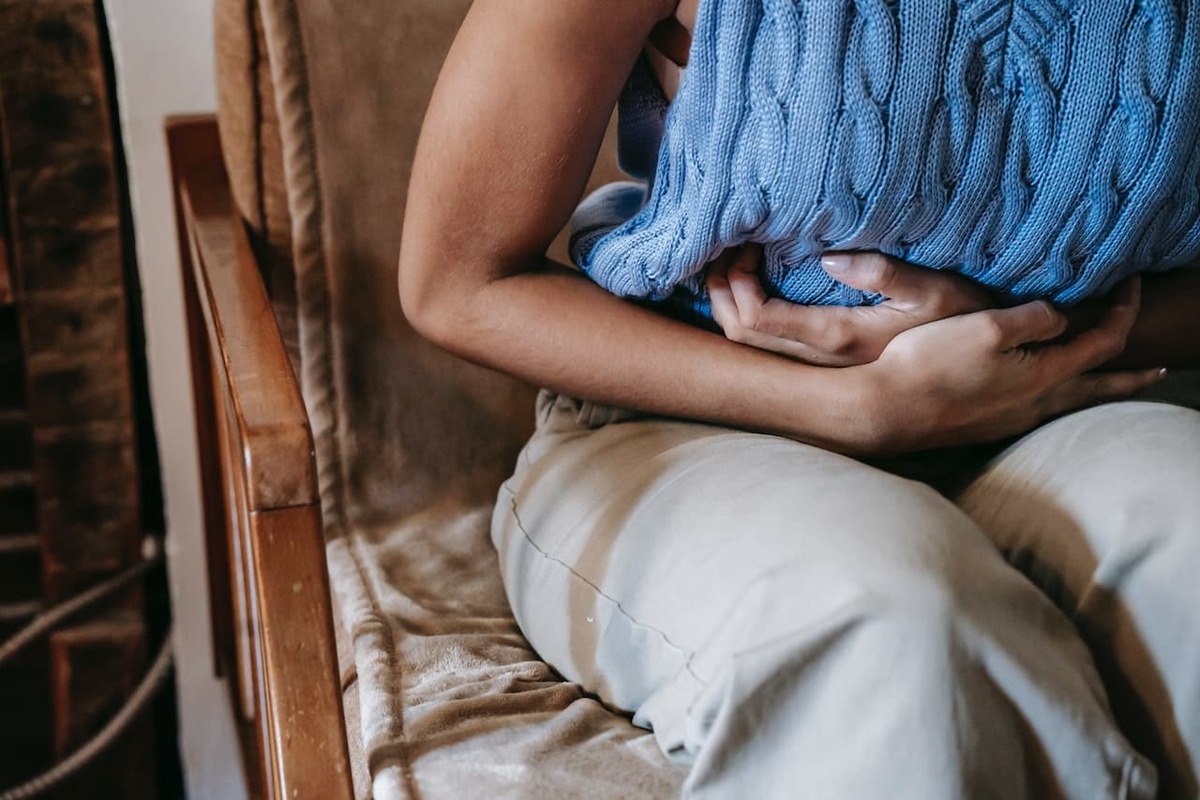Gynaecology
Pelvic Pain
Persistent pelvic pain felt deep in the pelvis between the top of the legs and the belly button.

What is Chronic Pelvic Pain?
Different from menstrual pain, Chronic Pelvic Pain (CPP) is experienced by up to 20% of women and is estimated to cost the Australian economy a huge amount. It is a persistent pain felt deep in the pelvis between the top of the legs and the belly button. It often renders the sufferer unable to function normally in day-to-day life.
Why does Chronic Pelvic Pain occur?
Common causes of CPP include:
What are the treatment options for Chronic Pelvic Pain?
While CPP can very rarely be cured, there are many treatment options available to minimise the pain and disruption.
Treatments include:
Menstrual cycle suppression
By using medication to suppress the normal menstrual cycle, it is possible to minimise cyclical pain.
Laparoscopic surgery
Surgery can be helpful in the diagnosis and treatment of painful conditions such as Endometriosis and Adenomyosis.
Identification and treatment of any underlying disease
Conditions such as PCOS, Endometriosis and Adenomyosis can all be associated with chronic pelvic pain. Diagnosis allows these conditions to be treated appropriately.
Specialist physiotherapy
Pelvic pain physiotherapists are highly trained and specialise in the use of physiotherapy in the management of chronic pelvic pain conditions.
Medication
When chronic pelvic pain cannot be alleviated by the above measures, additional pain relief may be required to minimise the impact of CPP on your day-to-day life.
Non-medical intervention has also proved invaluable in the management of CPP and this can include:
- Modified diet
- Exercise
- Cognitive Behavioural Therapy
- Acupuncture and Yoga
- Hydrotherapy
- Spinal cord stimulation
- Massage therapy
